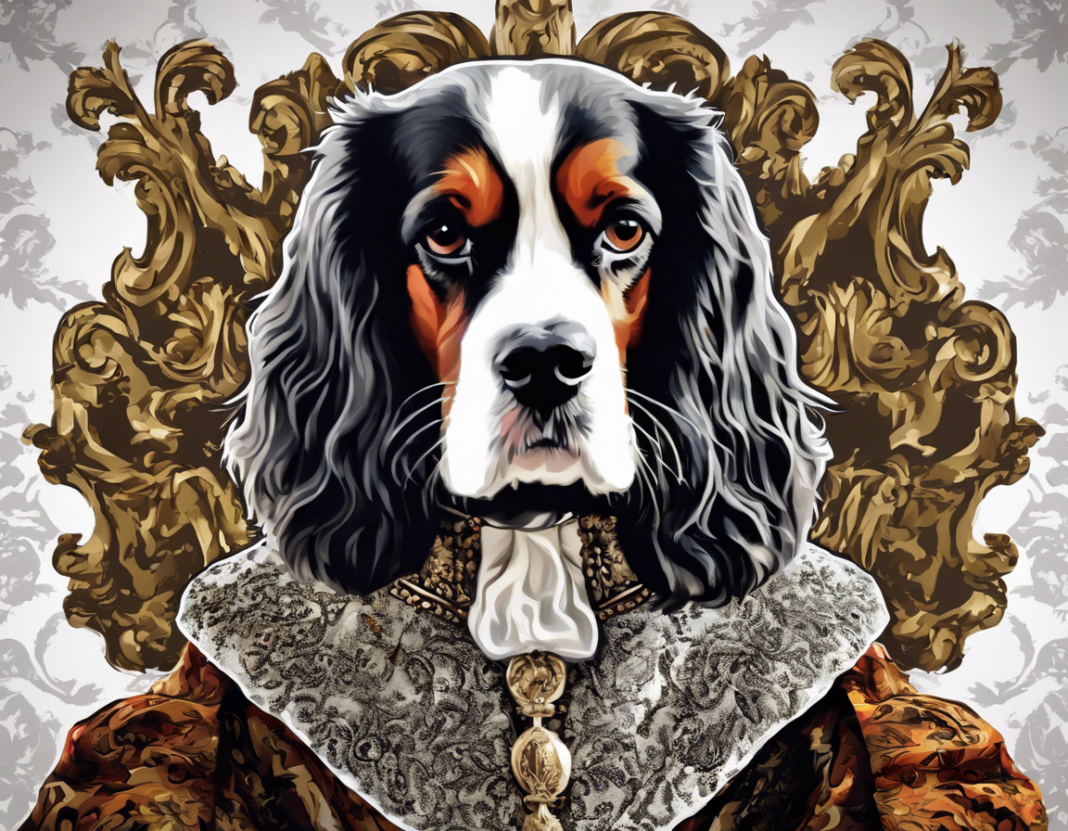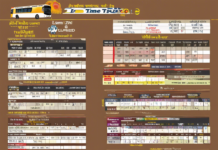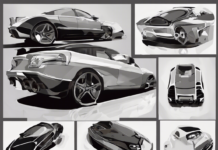Introduction
Art, in its myriad forms, has been instrumental in reflecting the zeitgeist of different eras. One such form, portraiture, provides a window into the past, capturing the essence of individuals and the times they lived in. When it comes to royal portraits, the stakes are higher, as they not only serve as personal mementos but also convey power, status, and ideology. In this article, we delve into the portraiture of King Charles and how it encapsulates the tumultuous era of the English monarchy in the 17th century.
The Royal Persona: Unveiling King Charles
King Charles I of England, Scotland, and Ireland reigned from 1625 until his execution in 1649. His reign was marked by political upheaval, religious tensions, and ultimately, civil war. Despite facing such adversity, Charles was a staunch believer in the divine right of kings, a notion that clashed with the rising power of Parliament.
The Symbolism in Portraits
Portraits of King Charles I were not mere visual representations but symbolic declarations of his authority and beliefs. The Iconography used in these portraits was carefully chosen to convey specific messages to the viewer. For example, the portrayal of the king in regal attire, adorned with jewels and scepter, emphasized his royal status and magnificence. Additionally, symbols like the crown, orb, and sword of state further highlighted his role as a monarch chosen by God.
The Van Dyck Influence: Aesthetic Innovations
The most renowned artist responsible for many of King Charles’s iconic portraits was Sir Anthony van Dyck. Van Dyck revolutionized royal portraiture by infusing it with a sense of elegance and sophistication. Through his use of light, color, and composition, he captured the essence of the Stuart court, creating a lasting visual legacy of Charles I.
The Triple Portrait: A Psychological Study
One of the most famous portraits of King Charles I is the “Triple Portrait,” where the king is depicted in three views – profile, frontal, and three-quarters. This unique composition was not just a display of artistic skill but also a psychological study of the monarch. Each angle represents a different facet of his personality: the stoic ruler, the compassionate father, and the introspective thinker.
The Mirror of Time: Legacy of King Charles’s Portraits
Despite the turmoil of his reign and the tragic end he met, King Charles I’s portraits endure as testaments to his unwavering belief in monarchy and tradition. They serve as a mirror reflecting the complexities of his character, the challenges he faced, and the ideals he upheld. In studying these portraits, we gain insight into an era defined by conflict and change, where art became a tool for both propaganda and remembrance.
Exploring the FAQs
1. Why were portraits of King Charles I so important during his reign?
Portraits of King Charles I served as propaganda tools to enhance his image and assert his divine right to rule. They were instrumental in conveying his royal authority and magnificence to his subjects.
2. Who were the prominent artists responsible for capturing King Charles I’s likeness?
Sir Anthony van Dyck was the most notable artist associated with creating portraits of King Charles I. His aesthetic innovations revolutionized royal portraiture during the Stuart era.
3. What symbolism can be found in portraits of King Charles I?
Portraits of King Charles I often feature symbols like the crown, orb, and scepter, which emphasize his divine right to rule. These symbols underscore his monarchical status and authority.
4. How did King Charles I’s portraits reflect the political climate of his reign?
The imagery and symbolism in King Charles I’s portraits reflected the political tensions of his reign, particularly the struggle between royal absolutism and parliamentary power. These portraits were used as visual propaganda to convey his authority to the people.
5. What is the significance of the “Triple Portrait” of King Charles I?
The “Triple Portrait” of King Charles I offers a multi-dimensional view of the monarch, showcasing different aspects of his personality and leadership style. It serves as a psychological study of the king, revealing his varying roles and emotions.
6. How did artistic innovations during King Charles I’s reign influence the portrayal of royalty?
Artistic innovations, particularly by artists like Sir Anthony van Dyck, elevated the depiction of royalty in portraiture. The use of light, color, and composition added a sense of elegance and sophistication to royal portraits, setting a new standard for depicting monarchs.
Conclusion
In conclusion, the portraiture of King Charles I stands as a testament to a turbulent period in English history, where power struggles and ideological conflict shaped the destiny of the monarchy. Through the careful study of these portraits, we gain not only a glimpse into the life and times of King Charles but also a deeper understanding of the role of art in shaping political narratives. Like a mirrored reflection of a bygone era, these portraits continue to fascinate and intrigue, offering us a timeless connection to a pivotal moment in history.






